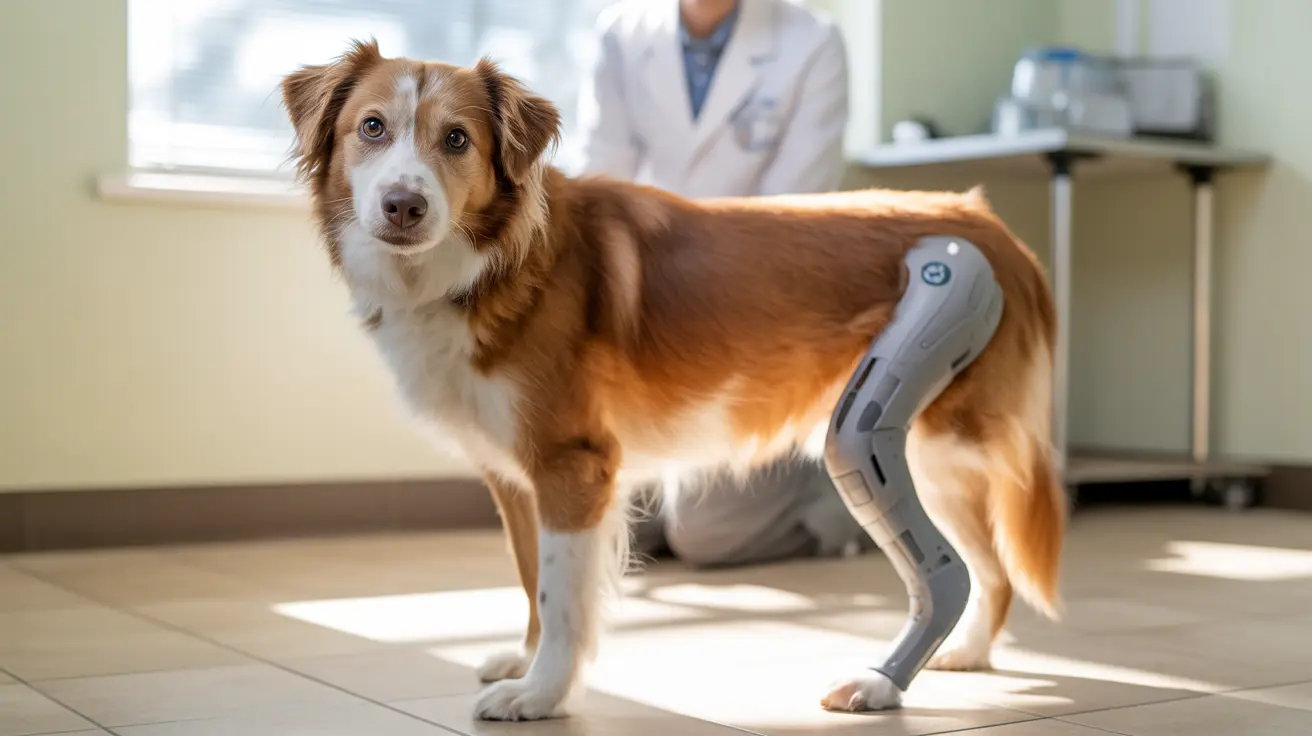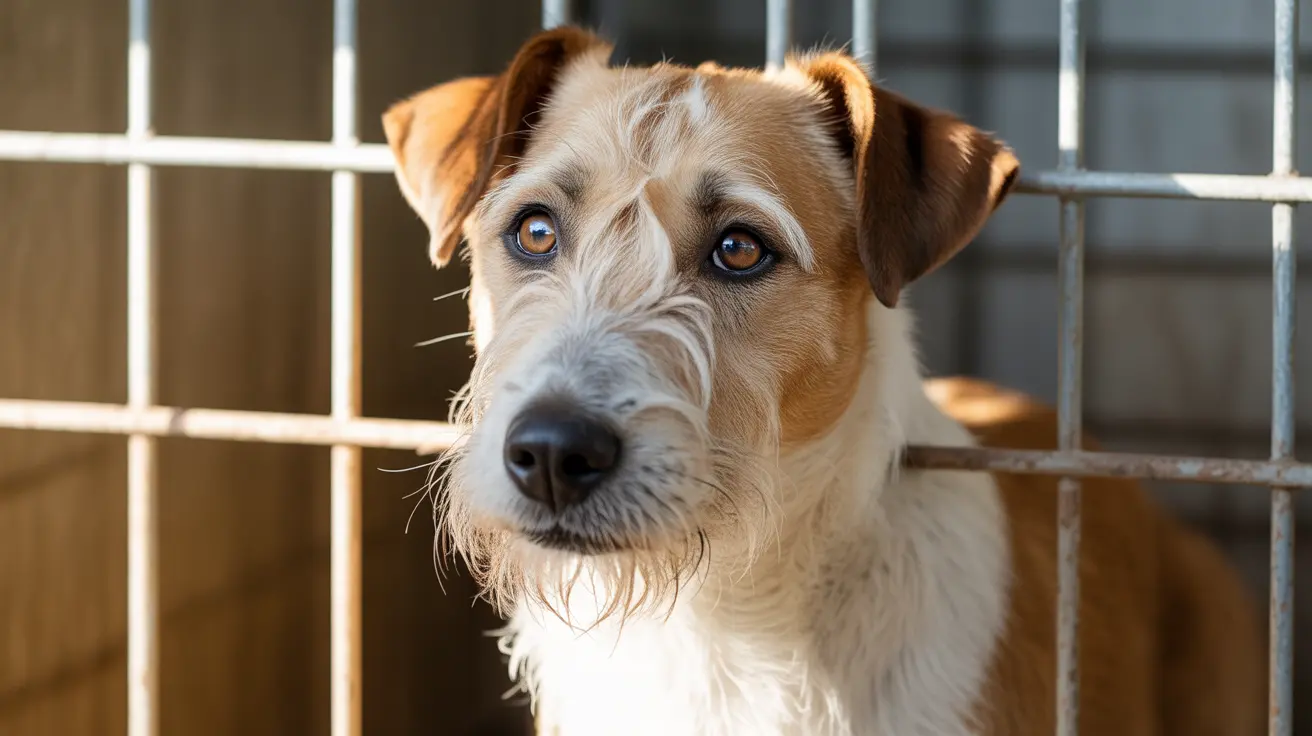How to Secure a Dog in a Car Without a Crate
Ensuring your dog's safety while traveling in a car is not just about comfort—it's a critical safety measure. Unrestrained pets pose a serious risk to themselves, drivers, and passengers. A 60-pound dog can become a 2,700-pound projectile in a 35-mph crash. To protect everyone, it's essential to use appropriate restraint systems, even without a crate.
Crash-Tested Harnesses: The Top Alternative
If you're not using a crate, the safest and most effective option is a crash-tested harness. These harnesses are specifically designed to integrate with your vehicle’s seat belt system to securely restrain dogs during travel.
- Function: Harnesses keep dogs seated and upright, minimizing movement during sudden stops or accidents.
- Design: Crash-tested models often feature sturdy straps, attachment points, and reinforced stitching.
- Fit: The harness should allow two fingers of space around the dog’s chest for comfort and security.
Choose models approved by independent testing authorities, such as the Center for Pet Safety (CPS). Reputable examples include the Sleepypod Clickit Sport.
Why the Backseat Is Safer
Your dog should always ride in the backseat. Airbags in the front seat pose lethal risks to pets, even during minor accidents.
- Airbags: Deploy with force that can injure or kill a pet.
- Visibility: Pets in the front seat can obstruct the driver's view.
- Control: Backseat placement reduces distractions for the driver.
Important Safety Warnings
- Do not use extension tethers. Though they may reduce driver distraction, they are not crash-safe and are not certified by safety organizations.
- Never allow pets to roam freely. Free-roaming pets can interfere with pedals or visibility and are at higher risk during accidents.
- Don’t let pets hang heads out of the window. Flying debris, insects, and wind pressure can cause severe injuries to your dog’s eyes, ears, and face.
- No rides in truck beds. Riding in open truck beds is extremely dangerous, even when tethered, and illegal in many states.
Training and Preparation
To ensure your dog is comfortable using a harness instead of a crate, introduce restraint systems gradually through acclimation training:
- Start with short car rides to help your dog adapt.
- Exercise before trips to reduce restlessness.
- Provide familiar toys or blankets to promote comfort.
Travel Tips for Pet Safety
- Time meals so your dog doesn’t travel on a full stomach to minimize vomiting from motion sickness.
- Bring water and a portable bowl, especially for long trips.
- Plan regular breaks for hydration and bathroom needs.
- Keep emergency supplies such as medications and waste bags on hand.
Laws and Enforcement
Different states have various laws about pet restraint in cars. Some explicitly require it, while others penalize drivers for transporting animals in unsafe ways. Regardless of legality, best practices should be followed at all times.
Unsafe Products to Avoid
- Booster seats: Often marketed as safe but rarely crash-tested.
- Cheap harnesses: Those without safety certifications may fail during impact.
Summary of Best Practices
- Use a crash-tested harness designed for vehicles.
- Restrict pet travel to the backseat only.
- Never leave pets unattended inside a vehicle under any circumstances.
- Train pets to accept restraint systems with short and pleasant trips.
- Carry travel essentials including water, snacks, and medical supplies.
- Follow installation directions strictly to ensure gear works properly.
Secure travel for pets doesn't require a crate. With the right harness, positioning, and preparation, your dog can stay safe and comfortable while enjoying car rides. Responsible choices will protect not only your pet, but everyone on the road.





